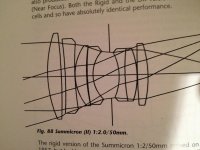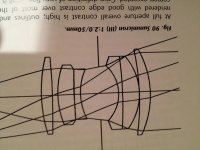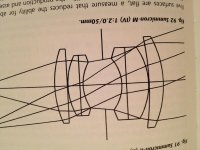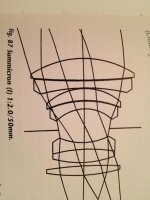raid
Dad Photographer
I have a 50/2 rigid Summicron from the 1950's. I recall aing read some thread at RFF in which a gentleman pointed out tht the Rigid Summicron changed in its optical design. Has anyone here found another thread in which such a fact/claim was replicated? It seems that the "earlier version" had 7 elements while the "later version" has 6 elements. Could it be that the earlier version was a transition lens from collapsible to rigid?
This is my alltime favorite lens, so I am curious about its history.
This is my alltime favorite lens, so I am curious about its history.





